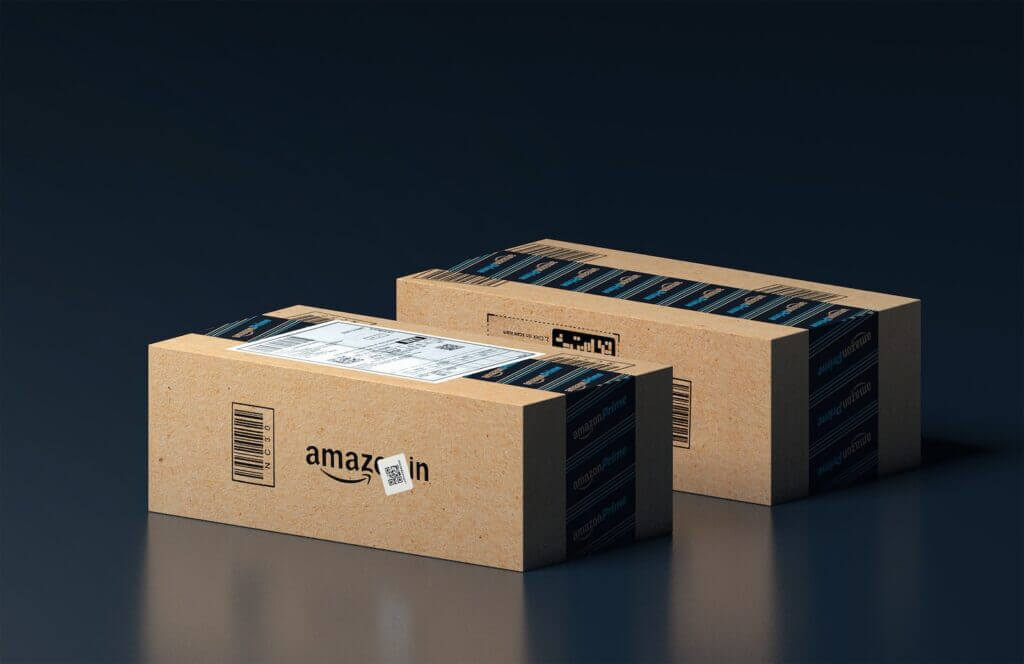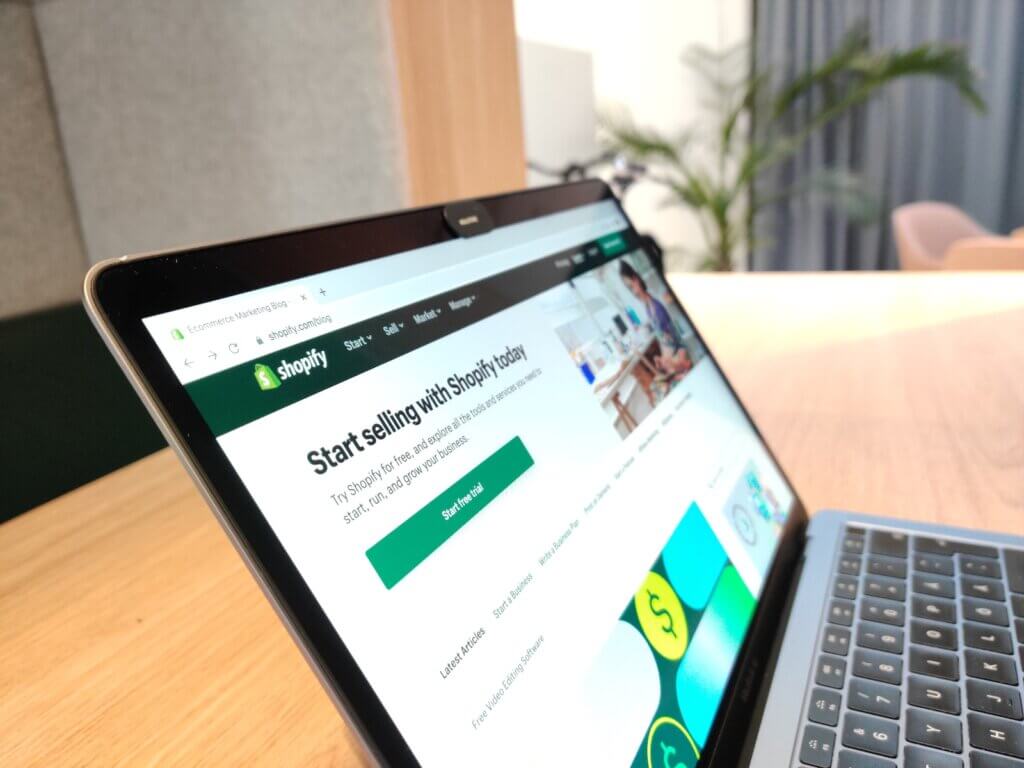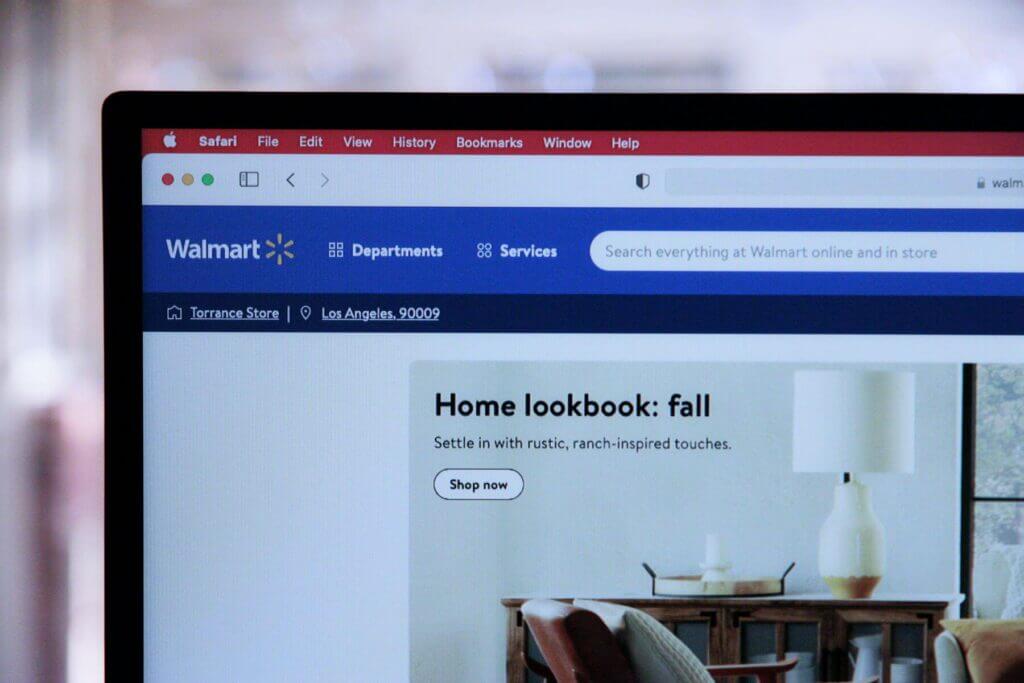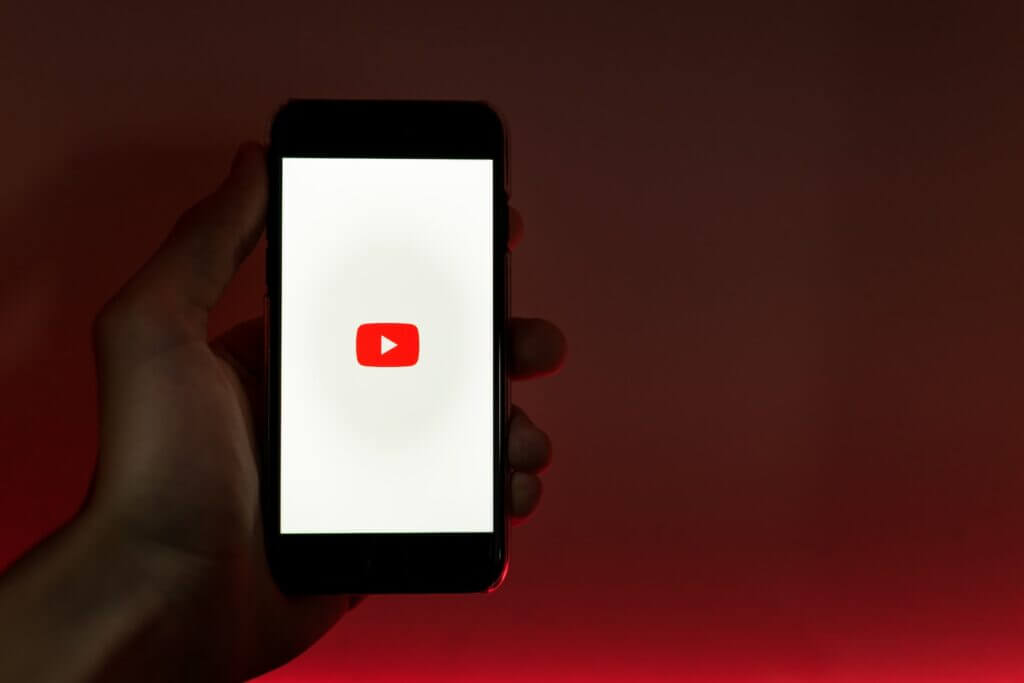Discover the best lead generation techniques to attract more customers and grow your business. From to webinars, we’ll show you how to optimize your strategy for success.
Content Marketing Techniques
Content marketing is the process of creating and distributing valuable, relevant, and consistent content to attract and retain a clearly defined audience. This technique has become increasingly popular in recent years due to its ability to generate leads and drive sales. In this section, we will explore three effective content marketing techniques: blogging, e-books, and infographics.
Blogging
Blogging is one of the most popular forms of . It involves creating and publishing blog posts on a regular basis to attract and engage readers. Blogging can be used to establish your brand as an authority in your industry, drive traffic to your website, and improve your search engine rankings.
To create a successful blog, it is important to choose topics that are relevant to your target audience. You should also aim to publish high-quality content that is informative, engaging, and well-written. Additionally, it is important to promote your blog through social media and other channels to attract readers.
E-books
E-books are another effective content marketing technique. They are longer-form content pieces that can provide in-depth information on a particular topic. E-books can be used to generate leads, educate your audience, and establish your brand as an authority in your industry.
To create a successful e-book, you should choose a topic that is relevant to your target audience. You should also aim to provide valuable information that is not readily available elsewhere. Additionally, it is important to design your e-book in a visually appealing way and to promote it through various channels, such as social media and email marketing.
Infographics
Infographics are visual representations of information or data. They can be used to simplify complex information, make it more engaging, and increase its shareability. Infographics can be used to attract links, generate leads, and improve your search engine rankings.
To create a successful infographic, it is important to choose a topic that is relevant to your target audience. You should also aim to provide information that is interesting and visually appealing. Additionally, it is important to promote your infographic through various channels, such as social media and email marketing.
In summary, blogging, e-books, and infographics are effective techniques that can be used to attract and engage your target audience. By creating high-quality content that provides value to your readers, you can establish your brand as an authority in your industry and drive traffic to your website.
Social Media Techniques
Social media is an essential part of modern marketing. It has the power to reach millions of people in a matter of seconds, making it an incredibly effective tool for businesses looking to promote their brand and drive sales. However, with so many social media platforms available, it can be challenging to know where to start. In this section, we will explore three essential social media techniques: paid social advertising, organic social media posting, and influencer outreach.
Paid Social Advertising
Paid social advertising is one of the most effective ways to reach a highly targeted audience on social media. It involves running targeted ads on social media platforms like Facebook, Twitter, Instagram, and LinkedIn. The ads can be targeted based on user demographics, interests, behaviors, and location, ensuring that your message is seen by the right people.
To run a successful paid social advertising campaign, you need to have a clear understanding of your target audience and what they are looking for. You also need to create compelling ad copy and eye-catching visuals that will grab their attention and encourage them to click through to your website or landing page.
Organic Social Media Posting
Organic social media posting involves creating and sharing content on your brand’s social media channels without paying for advertising. This content can include blog posts, images, videos, and other types of content that are designed to engage your audience and build brand awareness.
To be successful with organic social media posting, you need to have a clear content strategy that aligns with your marketing goals and resonates with your target audience. You also need to be consistent with your posting schedule, ensuring that you are posting quality content on a regular basis.
Influencer Outreach
Influencer outreach involves partnering with influential people on social media to promote your brand and products. These influencers have large followings on social media, and their endorsement of your brand can help you reach new audiences and build credibility with your existing followers.
To be successful with influencer outreach, you need to identify the right influencers who align with your brand’s values and target audience. You also need to approach them in a professional and respectful manner, offering them something of value in exchange for their endorsement. This could be anything from free products to exclusive access to your brand’s events and promotions.
Email Marketing Techniques
Email marketing is a great tool for businesses to reach out to their customers and potential customers. However, it’s not enough to just send out a generic email and hope for the best. Personalization, automated workflows, and A/B testing are all techniques that can help businesses get the most out of their email marketing campaigns.
Personalization
Personalization is the practice of tailoring an email to an individual recipient based on their interests, behavior, or demographics. This can be as simple as addressing the recipient by name or including information about their recent purchases or browsing history. Personalization can also be more complex, such as segmenting your email list based on different factors and creating unique content for each segment.
One way to personalize your emails is to use dynamic content, which allows you to show different content to different recipients based on their preferences. For example, if you’re promoting a sale on women’s clothing, you can show different images and products to women than you would to men. This can help increase the relevance of your emails and improve engagement.
Automated Workflows
Automated workflows are sequences of emails that are triggered by a specific action or behavior. For example, if a customer abandons their cart on your website, you can set up an automated workflow that sends them a reminder email with a discount code to incentivize them to complete their purchase.
Automated workflows can also be used to nurture leads and build relationships with customers. For example, you can set up a welcome series for new subscribers that introduces them to your brand and offers them valuable content and promotions over time.
A/B Testing
A/B testing, also known as split testing, is the practice of creating two versions of an email and sending them to a small portion of your email list to see which performs better. The winning version is then sent to the rest of your list.
A/B testing can be used to test different elements of your emails, such as subject lines, images, calls to action, and more. By testing different variations, you can learn what resonates best with your audience and optimize your emails for better results.
To get the most out of A/B testing, it’s important to only test one variable at a time and to use a large enough sample size to ensure statistical significance. You can also use tools like email marketing software to automate the testing process and track your results.
Search Engine Optimization Techniques
Search Engine Optimization (SEO) is a crucial aspect of digital marketing that aims to improve the visibility of a website in search engine results. SEO techniques can be broadly classified into three categories: keyword research, on-page optimization, and link building. In this section, we will delve deep into each of these categories and explore the techniques that can be used to achieve high search engine rankings.
Keyword Research
Keyword research is the process of identifying the search terms that people use to find products or services related to your business. Keyword research helps you to optimize your content for the right keywords, which can improve your website’s visibility in search engine results pages (SERPs). Here are some of the best practices for conducting keyword research:
- Use tools such as Google Keyword Planner, Ahrefs, SEMrush, etc. to identify the most relevant keywords for your business.
- Focus on long-tail keywords that are more specific and have lower competition.
- Analyze the search intent of the keywords to ensure that your content aligns with the user’s search query.
- Regularly update your keyword list to keep up with the changing trends and user behavior.
On-page Optimization
On-page optimization refers to the techniques that are used to optimize the content and structure of a webpage to improve its relevance and ranking in search engine results. Here are some of the best practices for on-page optimization:
- Use the target keyword in the title, meta description, and URL of the webpage.
- Optimize the content by using the target keyword in the first paragraph, headings, and throughout the body of the content.
- Make sure the content is relevant, informative, and engaging for the user.
- Optimize the images by using descriptive file names, alt tags, and captions.
- Improve the website speed and usability by optimizing the page load time, mobile responsiveness, and navigation.
Link Building
Link building is the process of acquiring backlinks from other websites to improve the authority and credibility of your website. Backlinks are one of the most important ranking factors for search engines. Here are some of the best practices for link building:
- Create high-quality content that attracts backlinks naturally.
- Guest post on relevant websites to acquire backlinks.
- Reach out to influencers and bloggers in your niche to request backlinks.
- Participate in online communities and forums to build relationships and acquire backlinks.
- Monitor your backlink profile regularly to identify and disavow low-quality or spammy links.
Webinar Techniques
Webinars are an effective way to engage with your audience, demonstrate expertise, and generate leads. However, a successful webinar requires careful planning and execution. In this section, we’ll cover the three key aspects of webinar techniques – promotion, presentation design, and follow-up strategies.
Promotion
Promotion is critical to the success of your webinar. Without proper promotion, your webinar may have no attendees. Here are some promotion techniques to consider:
- Email Marketing: Send email invitations to your subscribers and customers. Personalize the emails and segment your lists to increase open rates and click-through rates.
- Social Media: Use your social media channels to promote your webinar. Create social media posts, stories, and ads to generate buzz and reach a wider audience.
- Influencer Outreach: Reach out to industry influencers and ask them to promote your webinar to their followers. This can increase your credibility and reach.
- Website: Promote your webinar on your website by creating a landing page with all the details. Make it easy for visitors to register.
Presentation Design
The design of your webinar presentation can make a significant impact on the engagement and retention of your attendees. Here are some tips for creating an effective presentation:
- Use Visuals: Use visuals such as images, charts, and graphs to illustrate your points. This can help keep your audience engaged and make your content more memorable.
- Keep It Simple: Avoid using too many complicated visuals or text-heavy slides. Keep your slides simple and easy to read.
- Storytelling: Use storytelling techniques to keep your audience engaged. Tell stories that illustrate your points and keep your audience interested.
- Engage Your Audience: Use interactive elements such as polls, quizzes, and Q&A sessions to engage your audience and keep them involved.
Follow-up Strategies
Following up after your webinar is critical to maximizing its impact. Here are some follow-up strategies to consider:
- Email Follow-up: Send a follow-up email to attendees thanking them for attending and providing them with a recording of the webinar. You can also include additional resources and a call-to-action.
- Survey: Send a survey to attendees to gather feedback and improve future webinars.
- Repurpose Content: Repurpose your webinar content into other formats such as blog posts, videos, or infographics. This can help extend the reach of your content and generate more leads.
In conclusion, a successful webinar requires careful planning and execution. By focusing on promotion, presentation design, and follow-up strategies, you can create a webinar that engages your audience, demonstrates your expertise, and generates leads.








